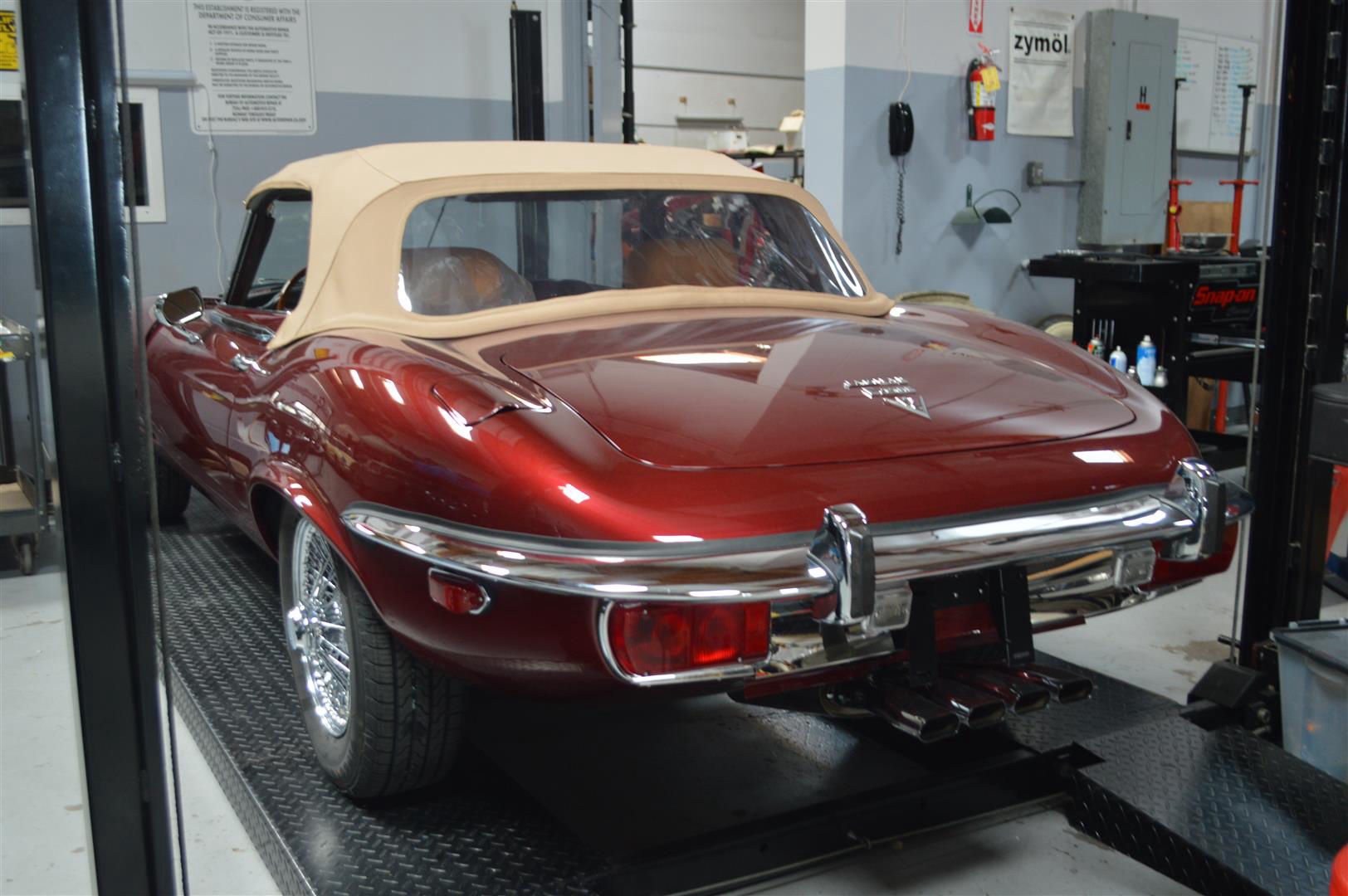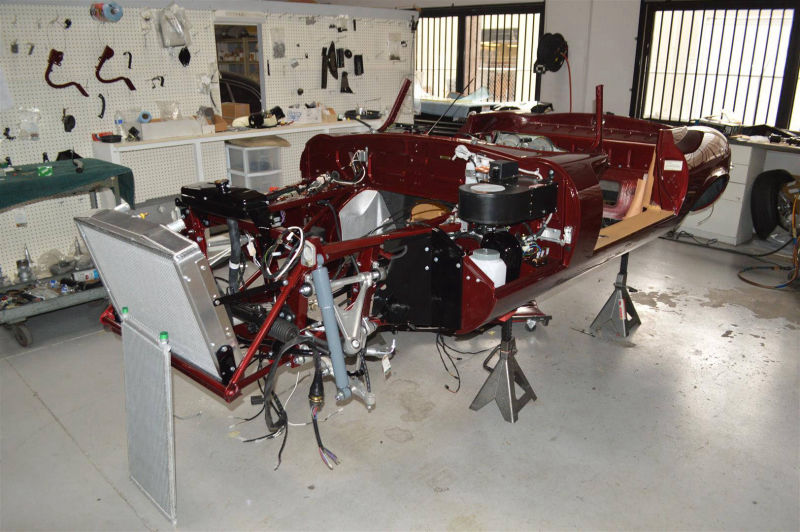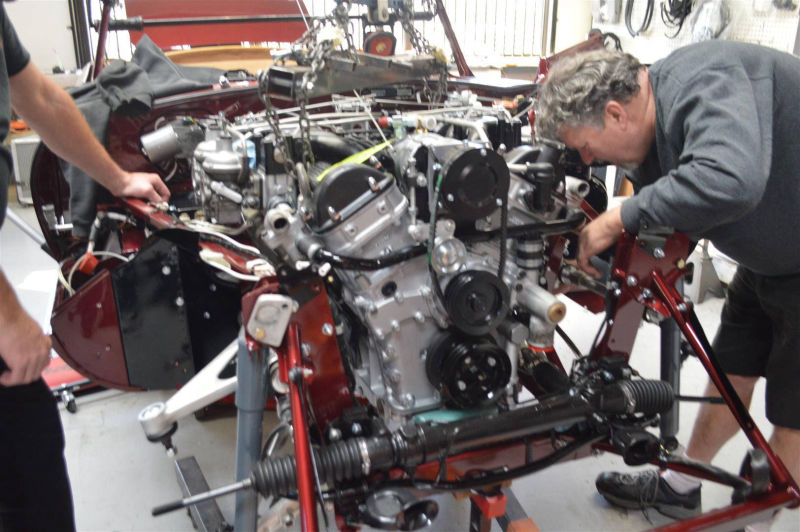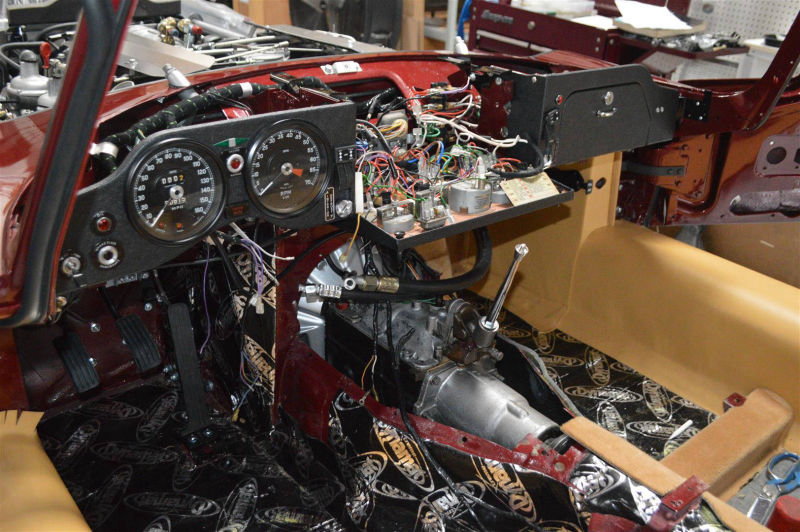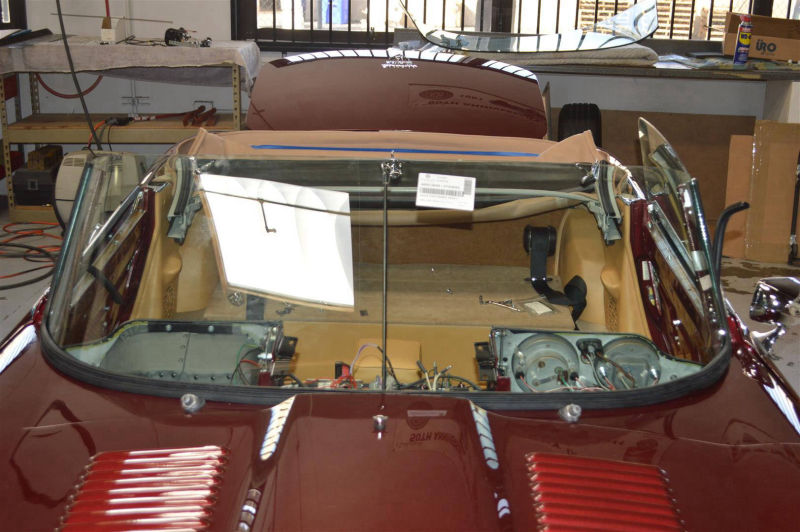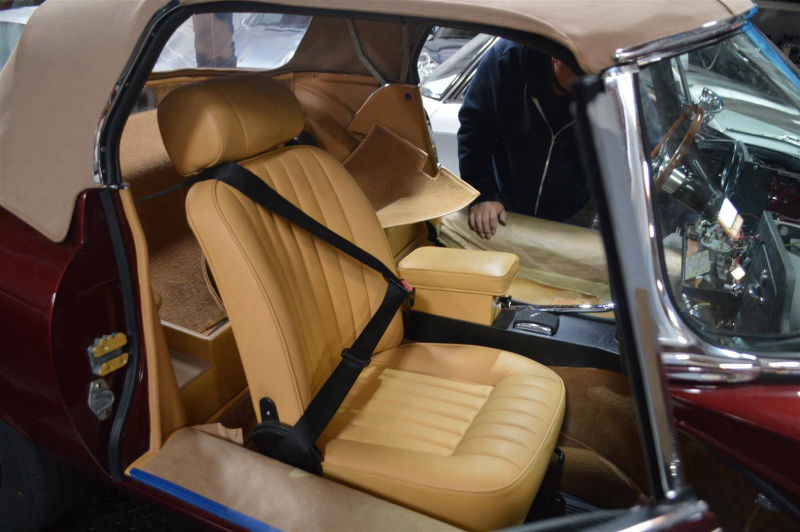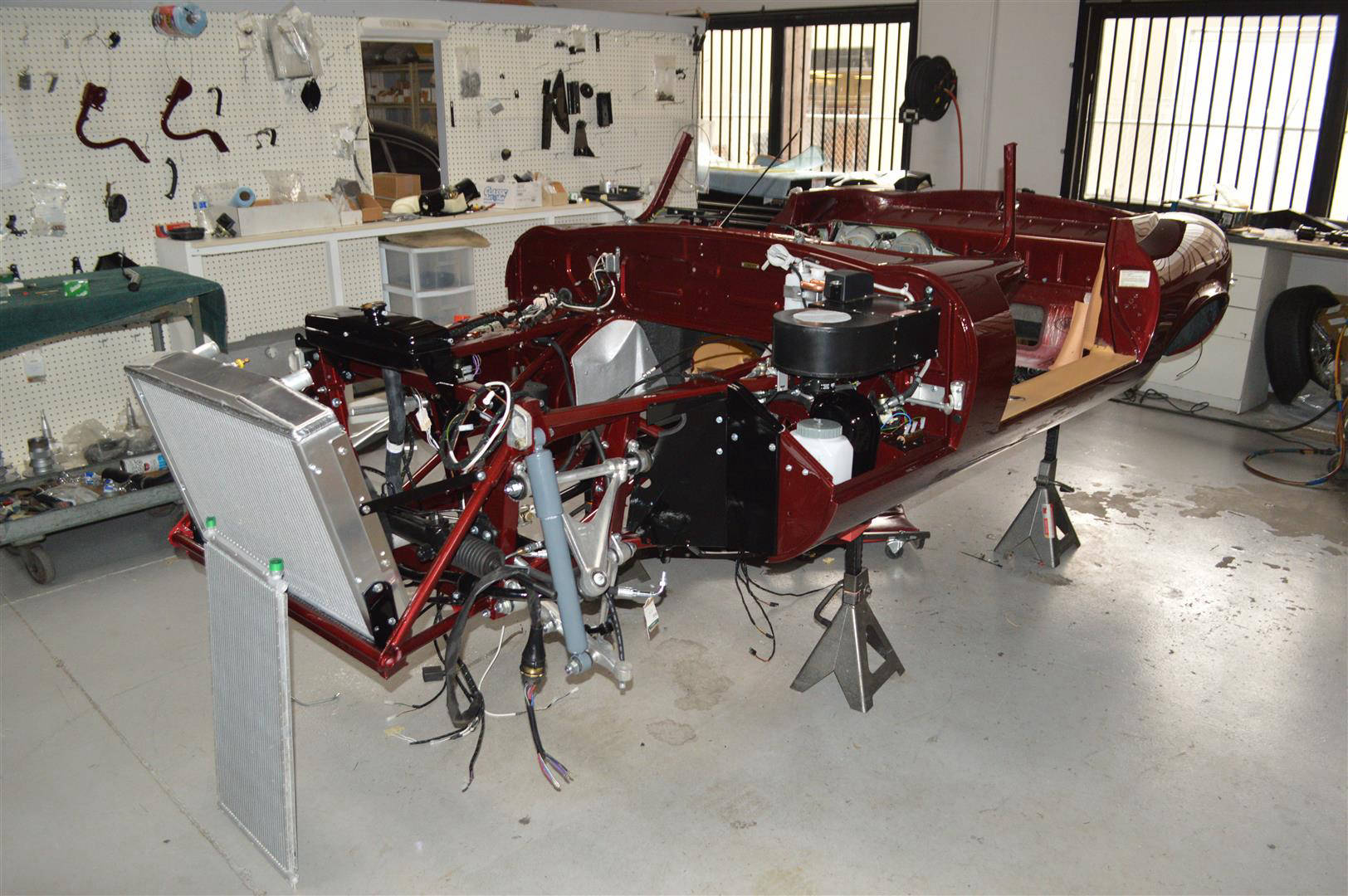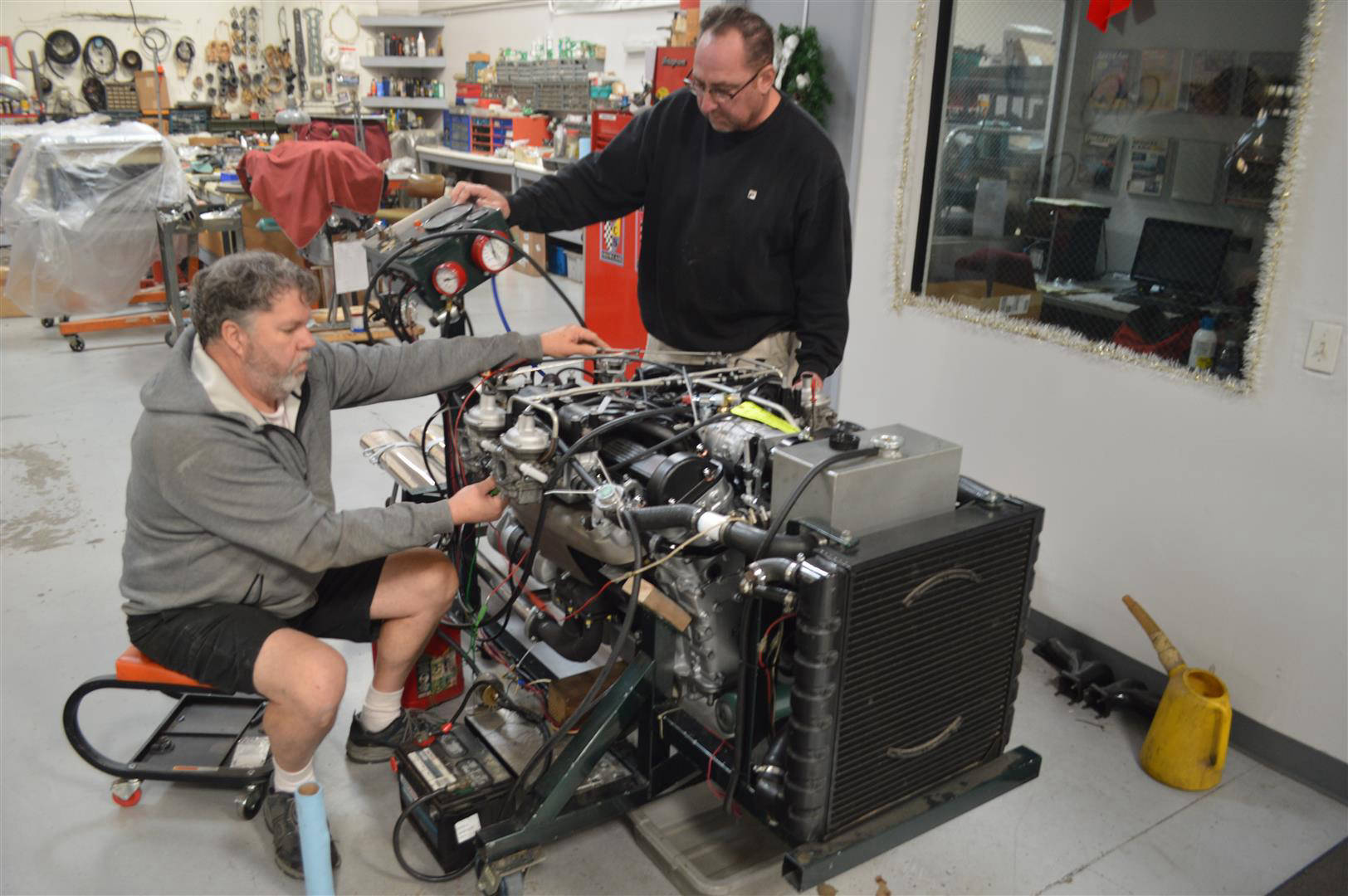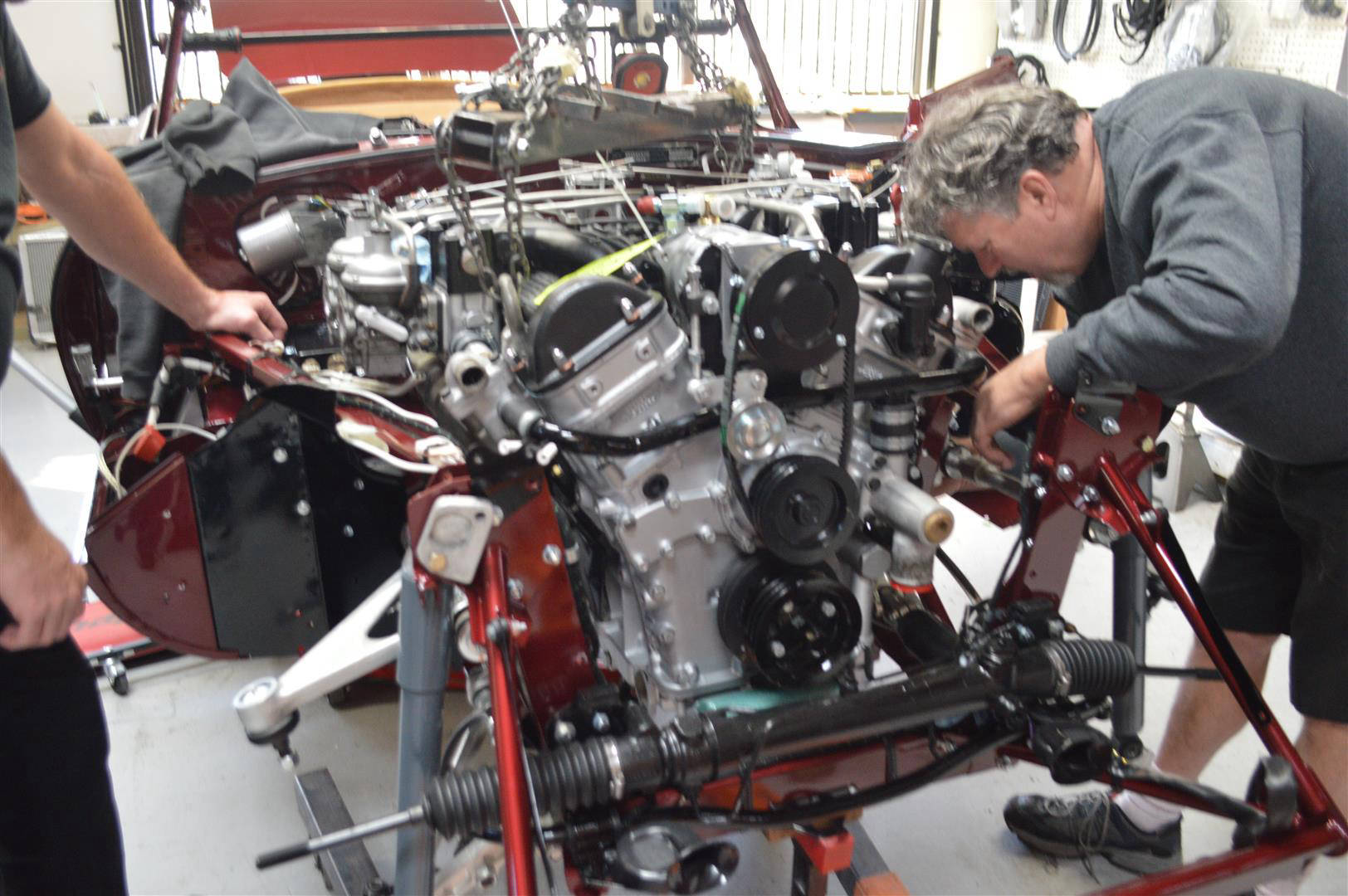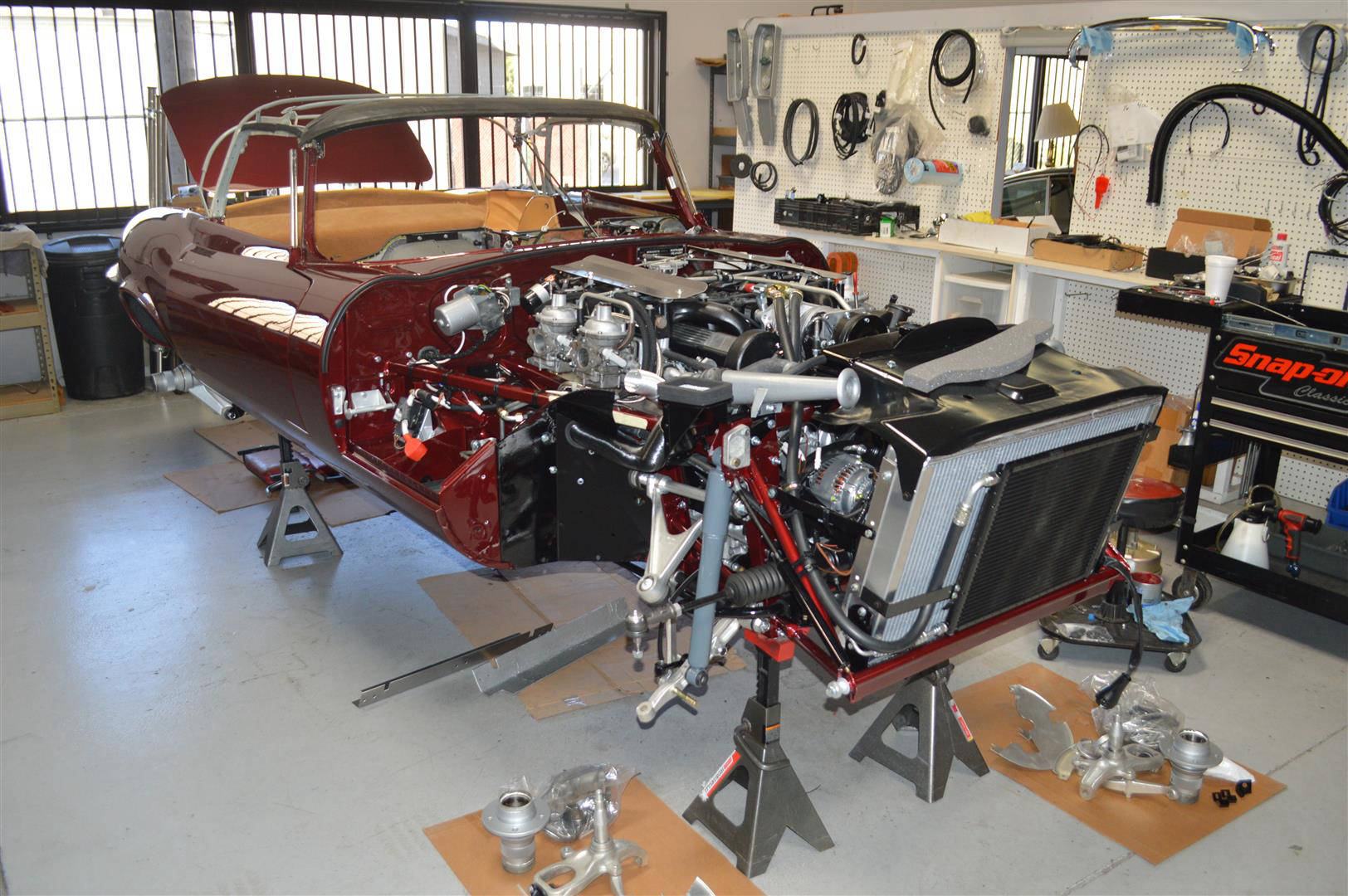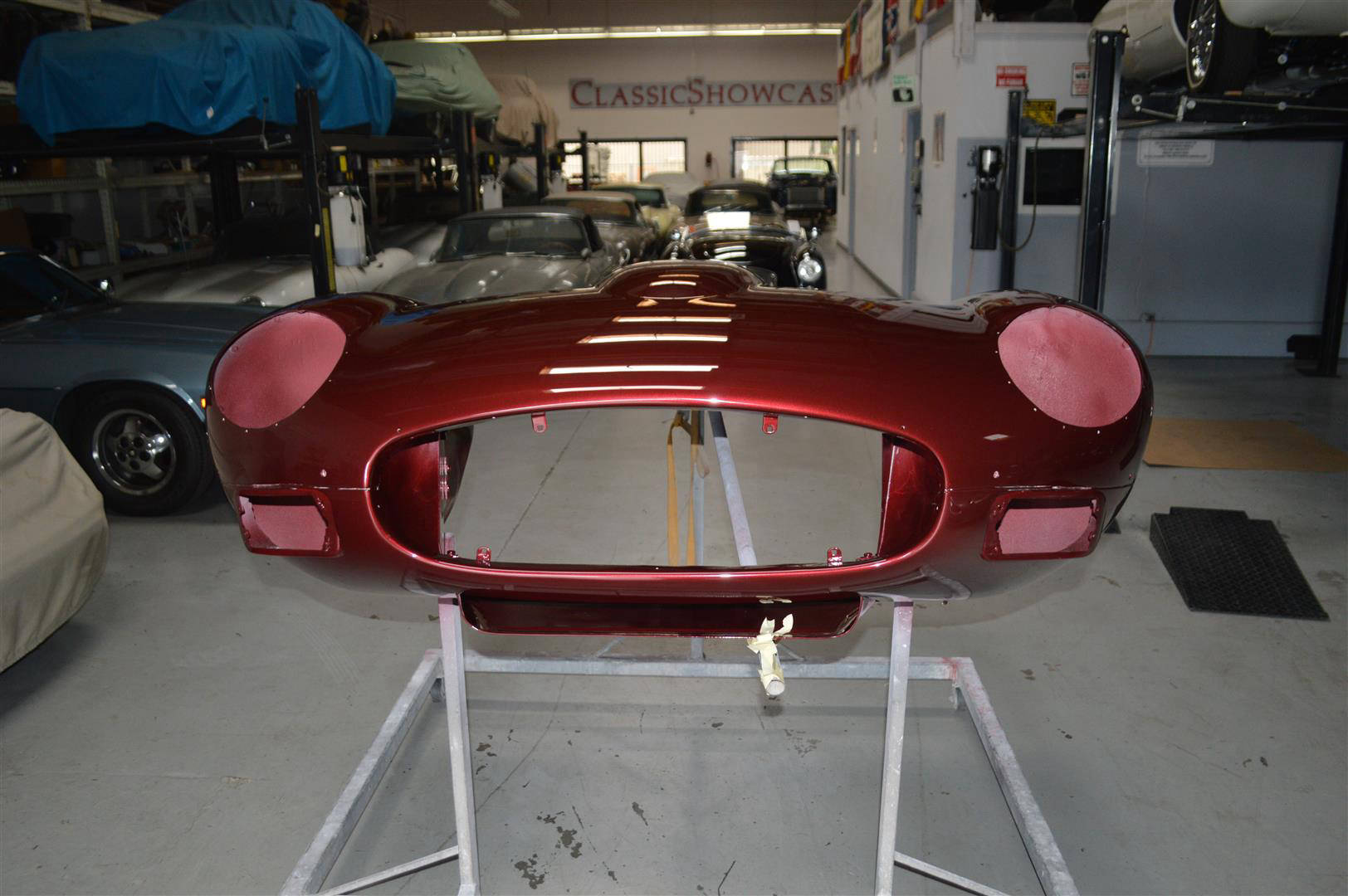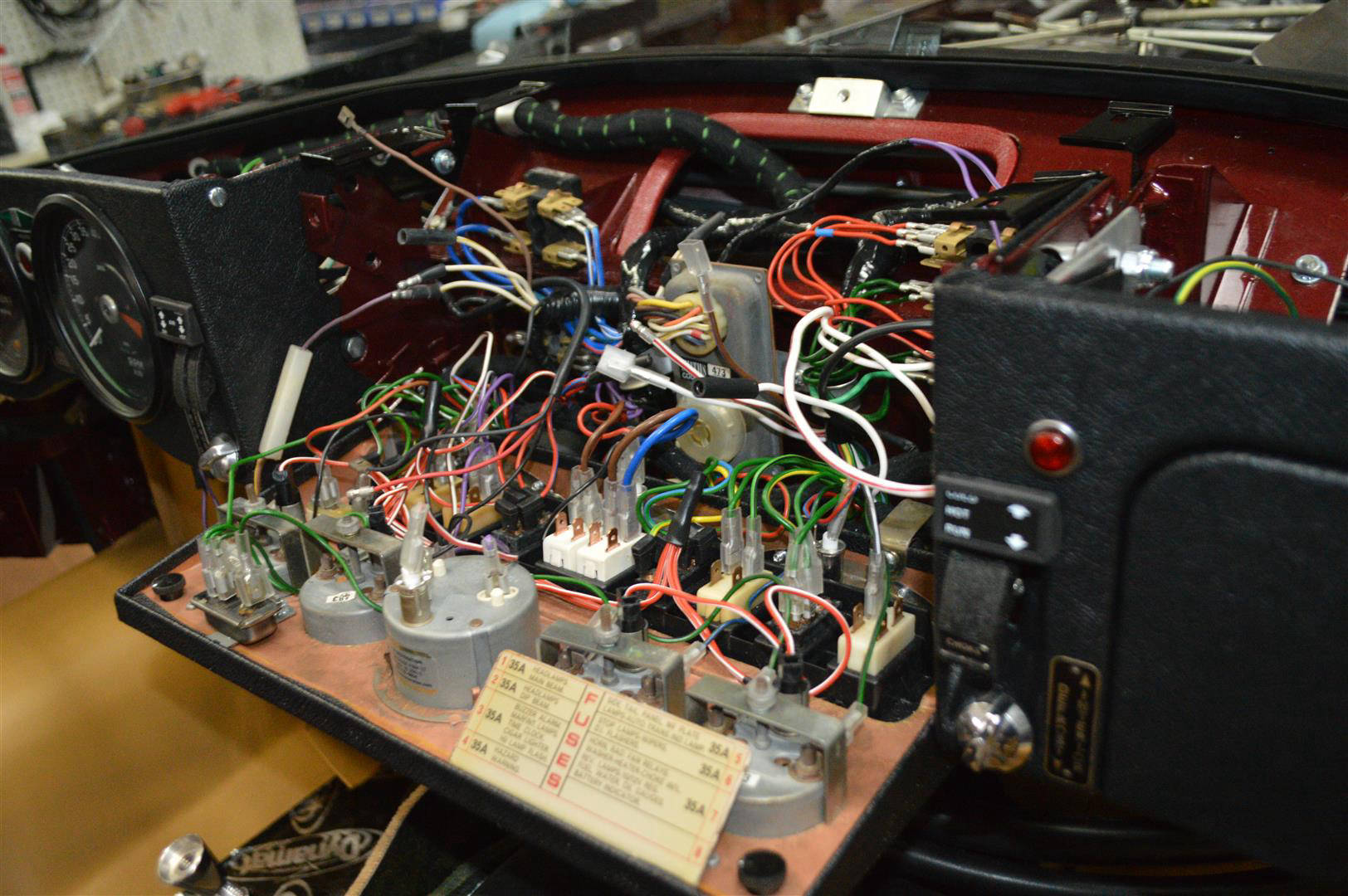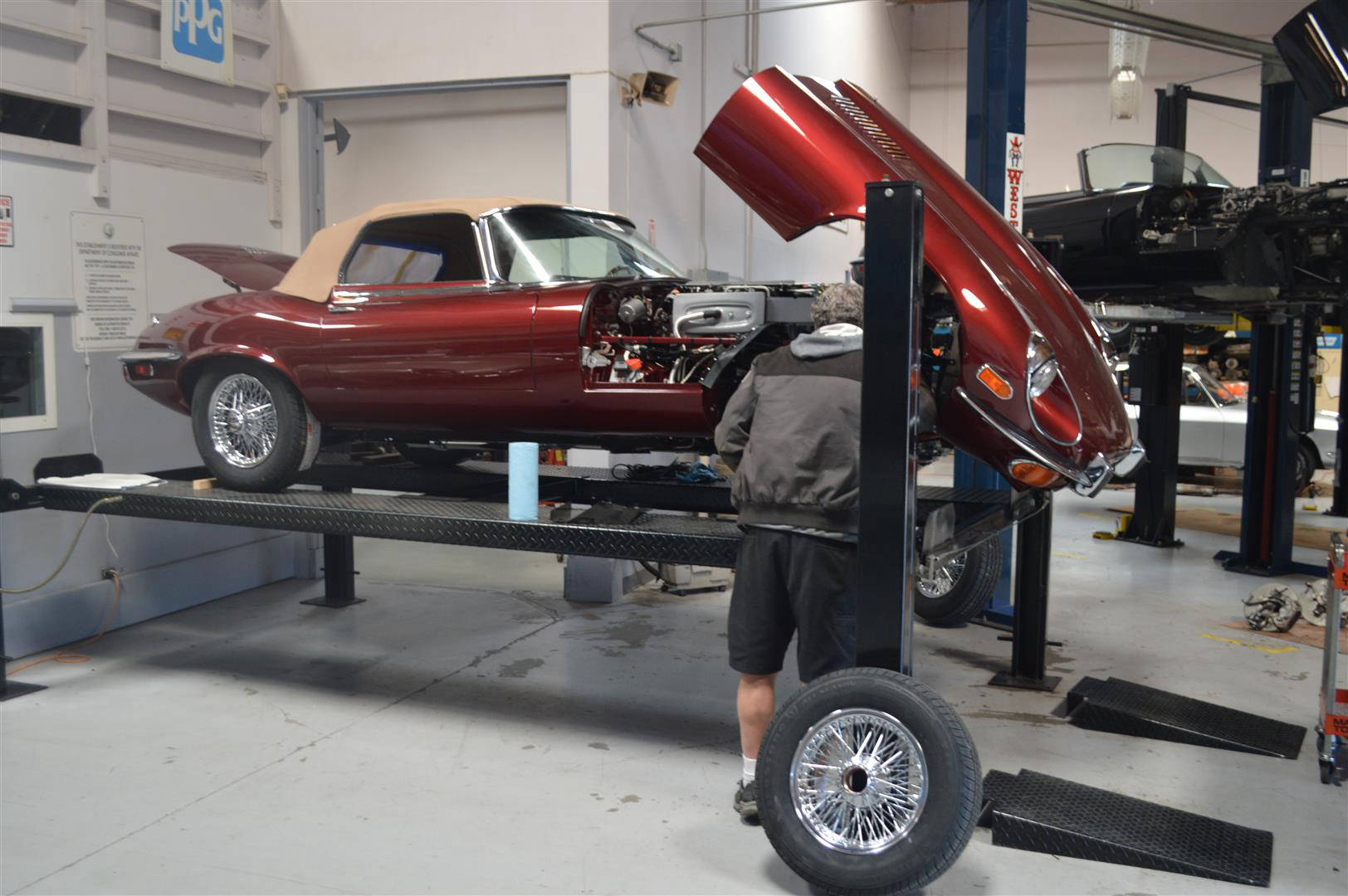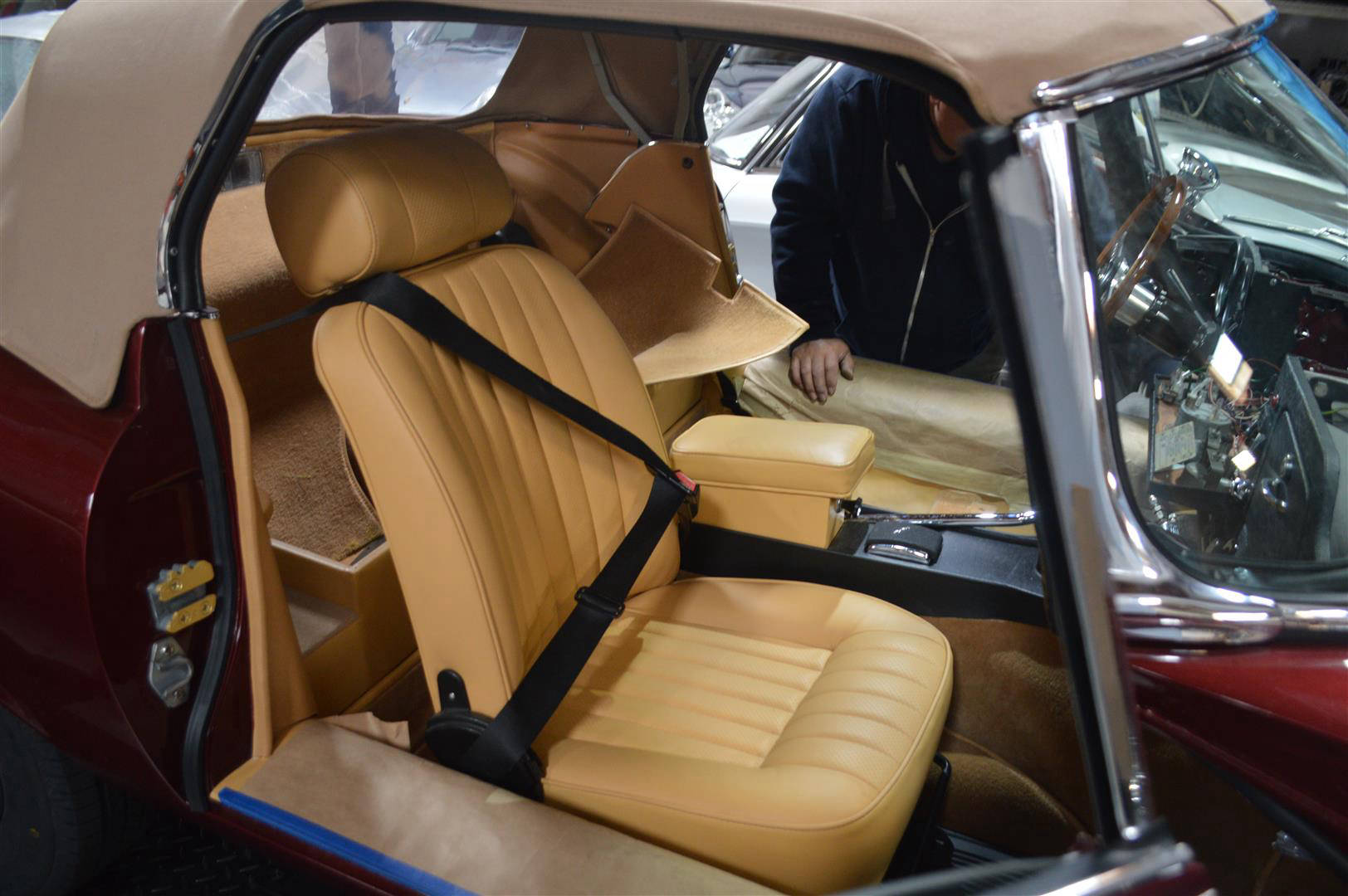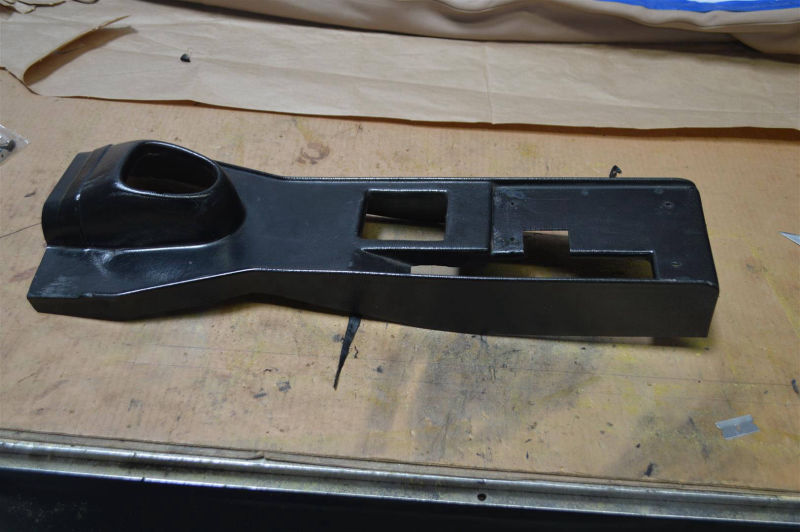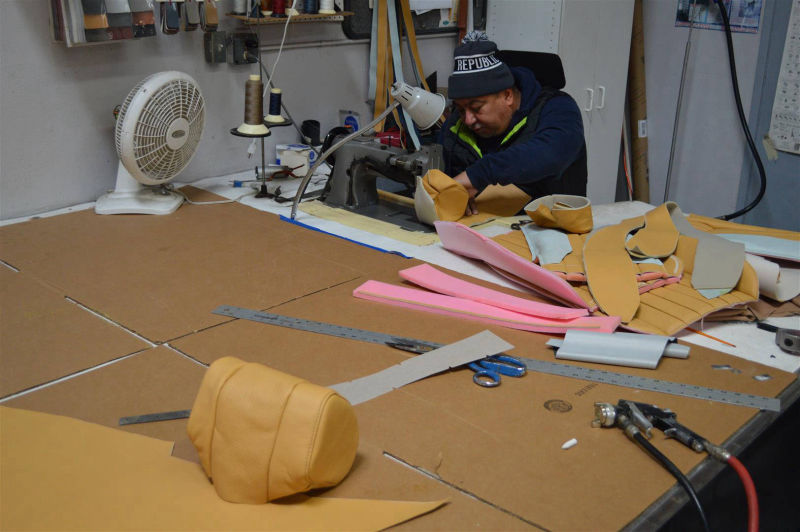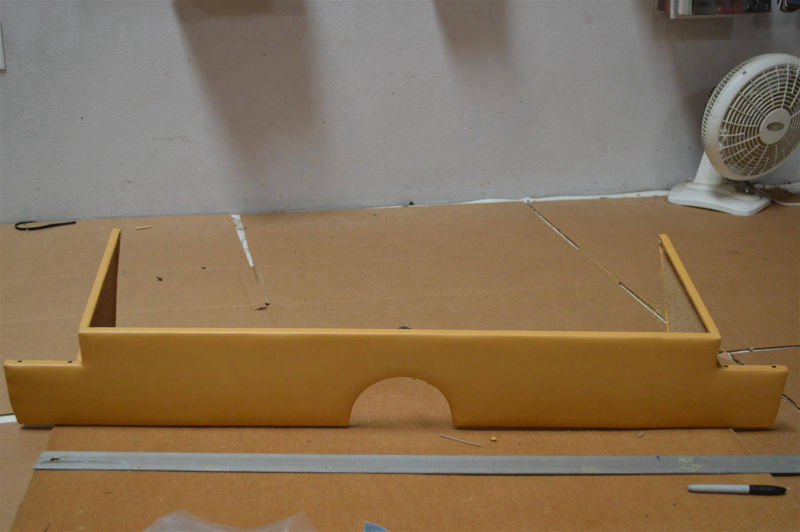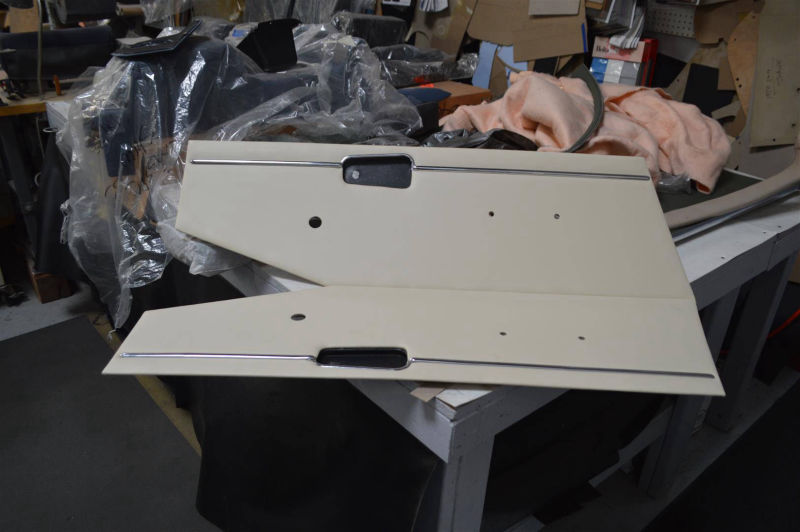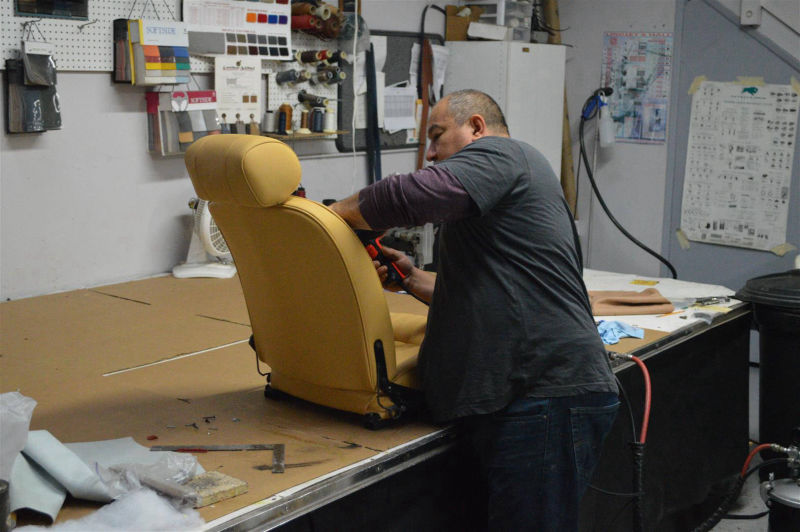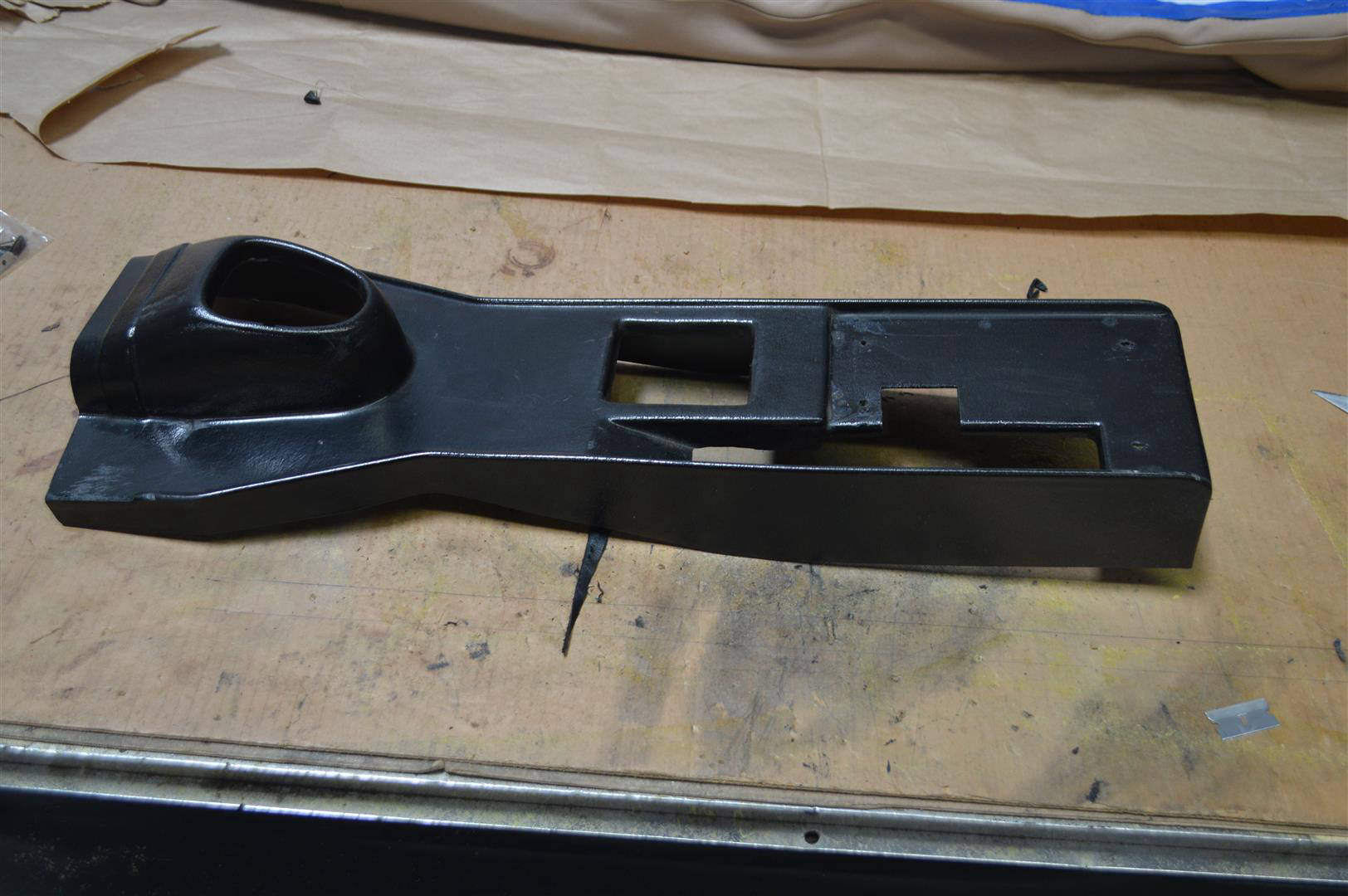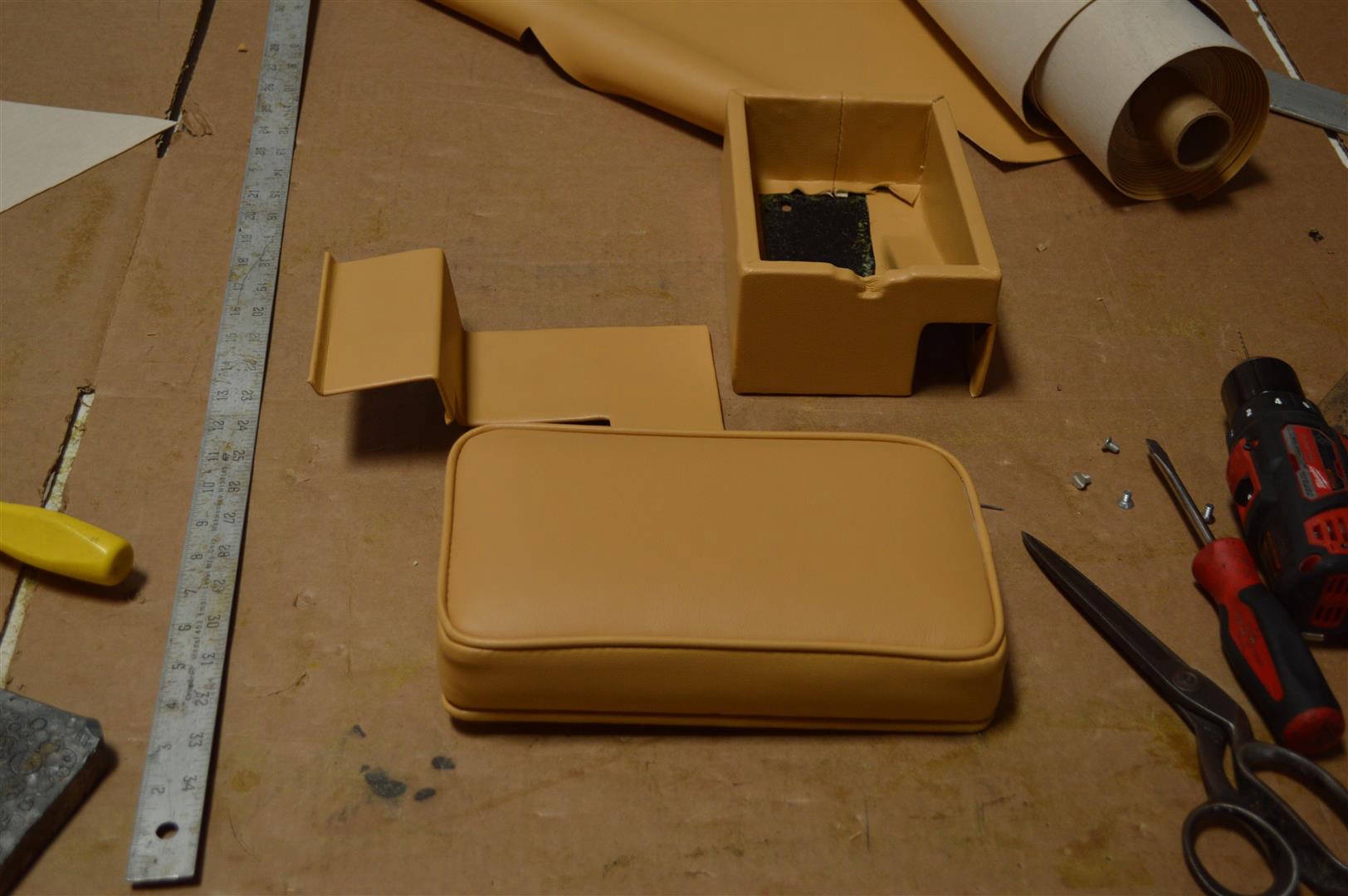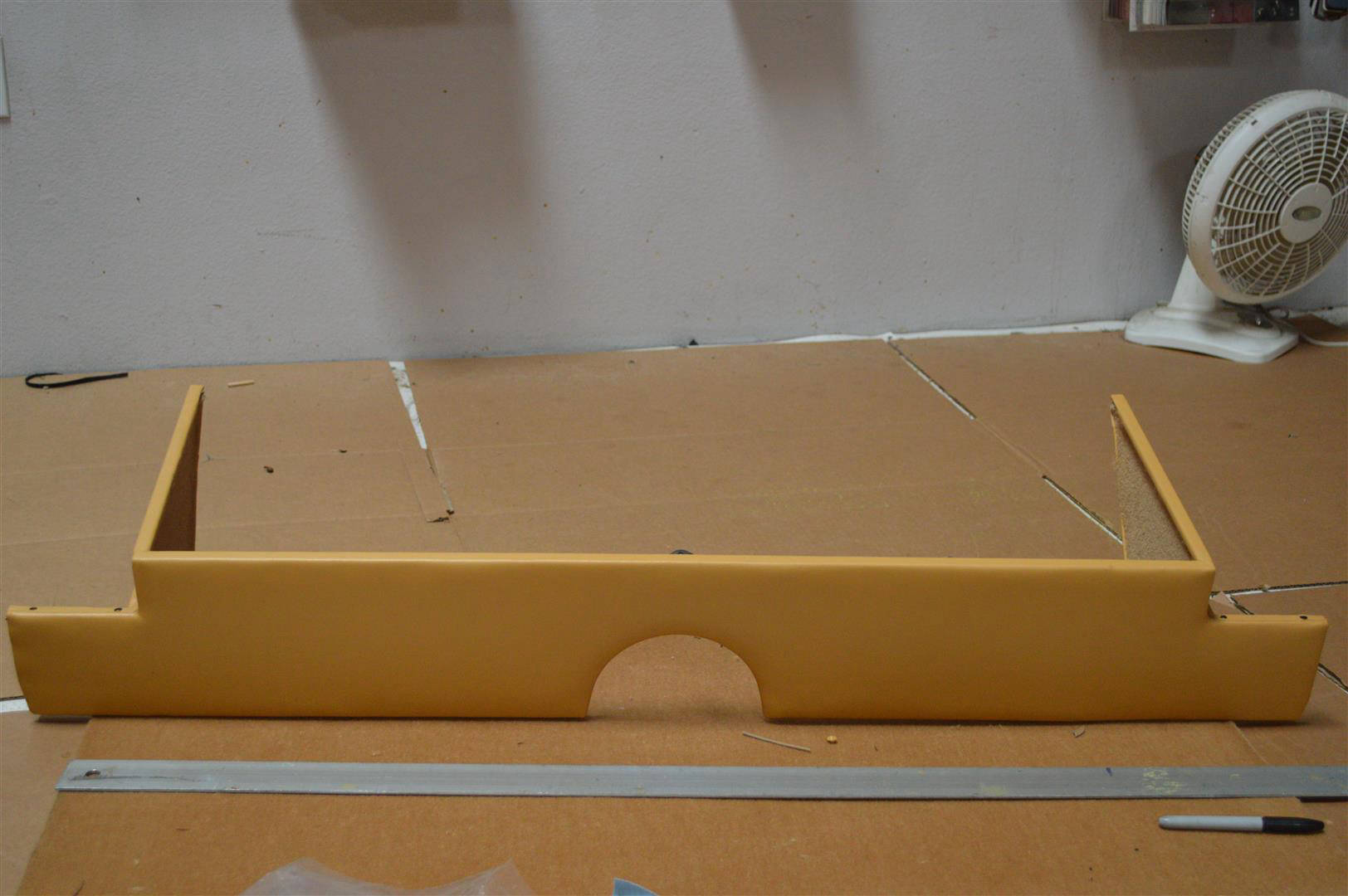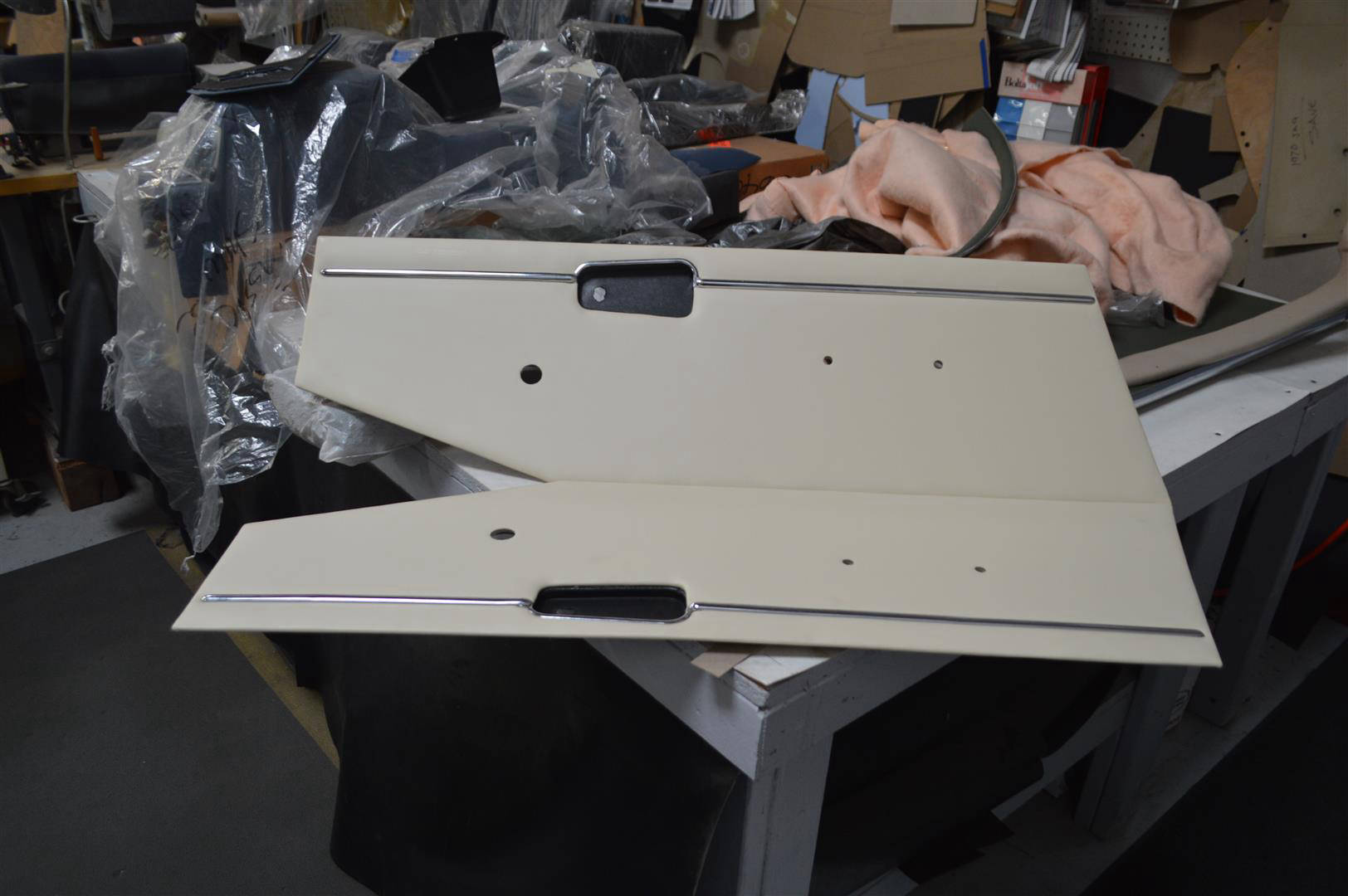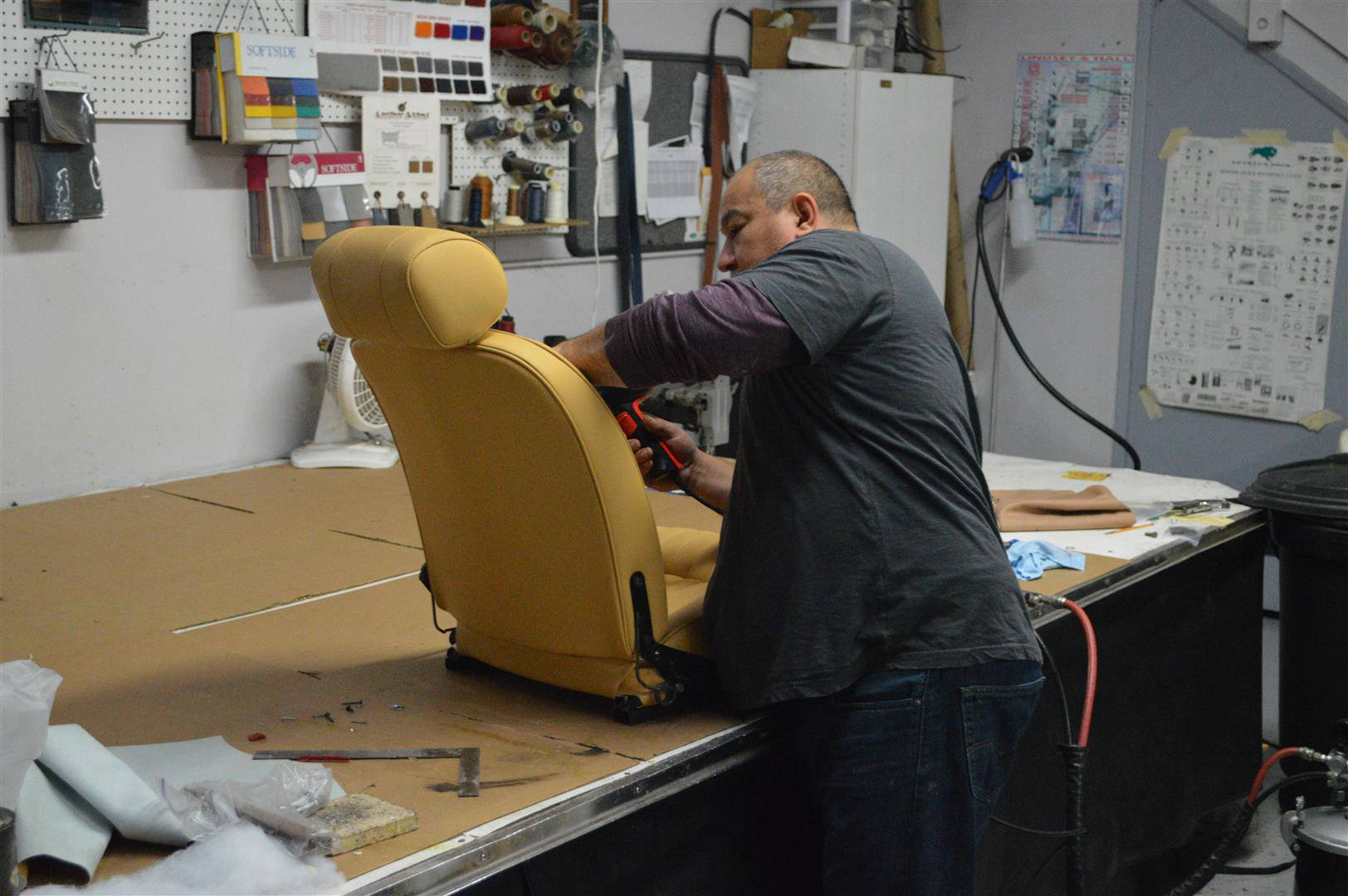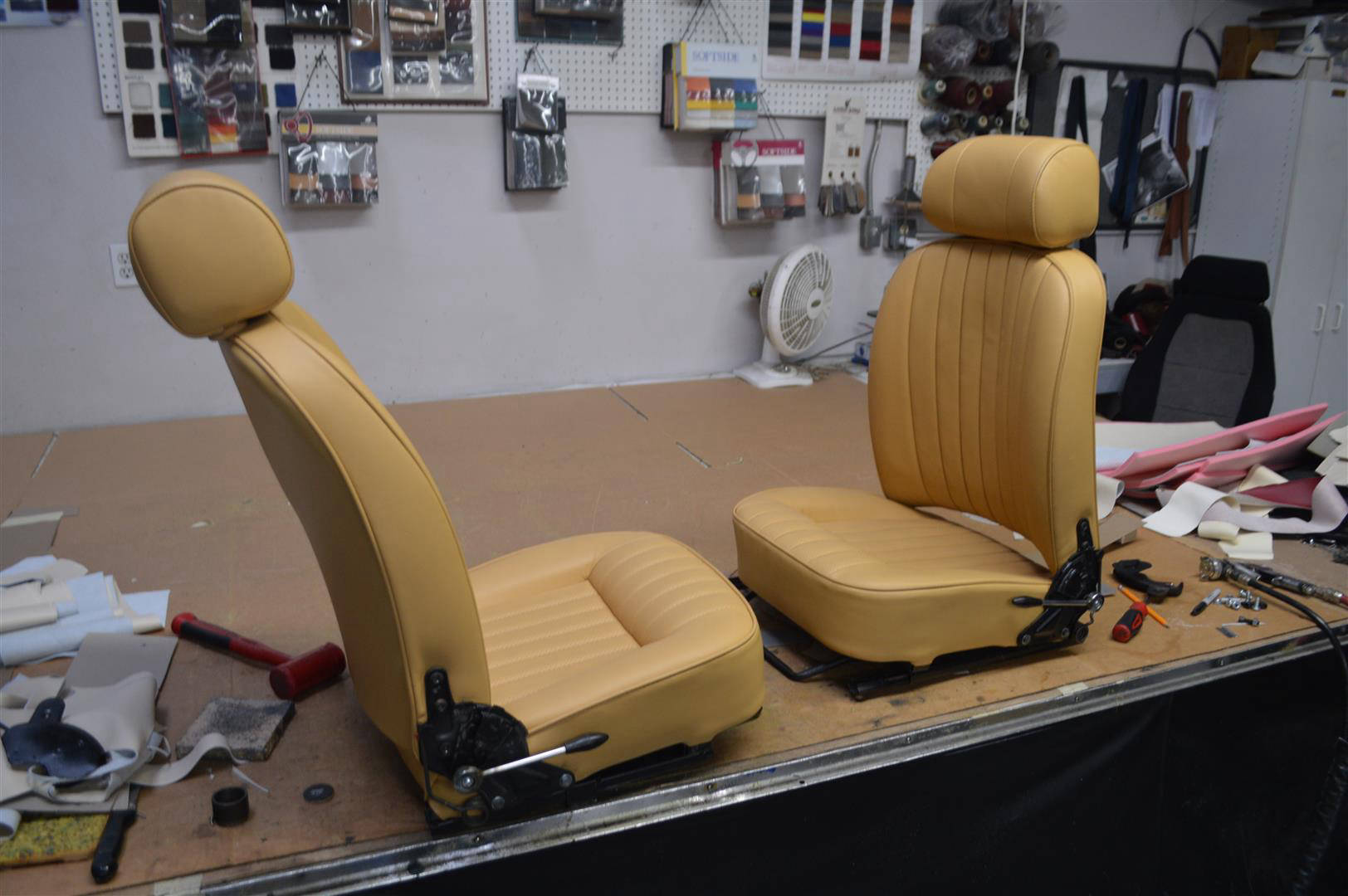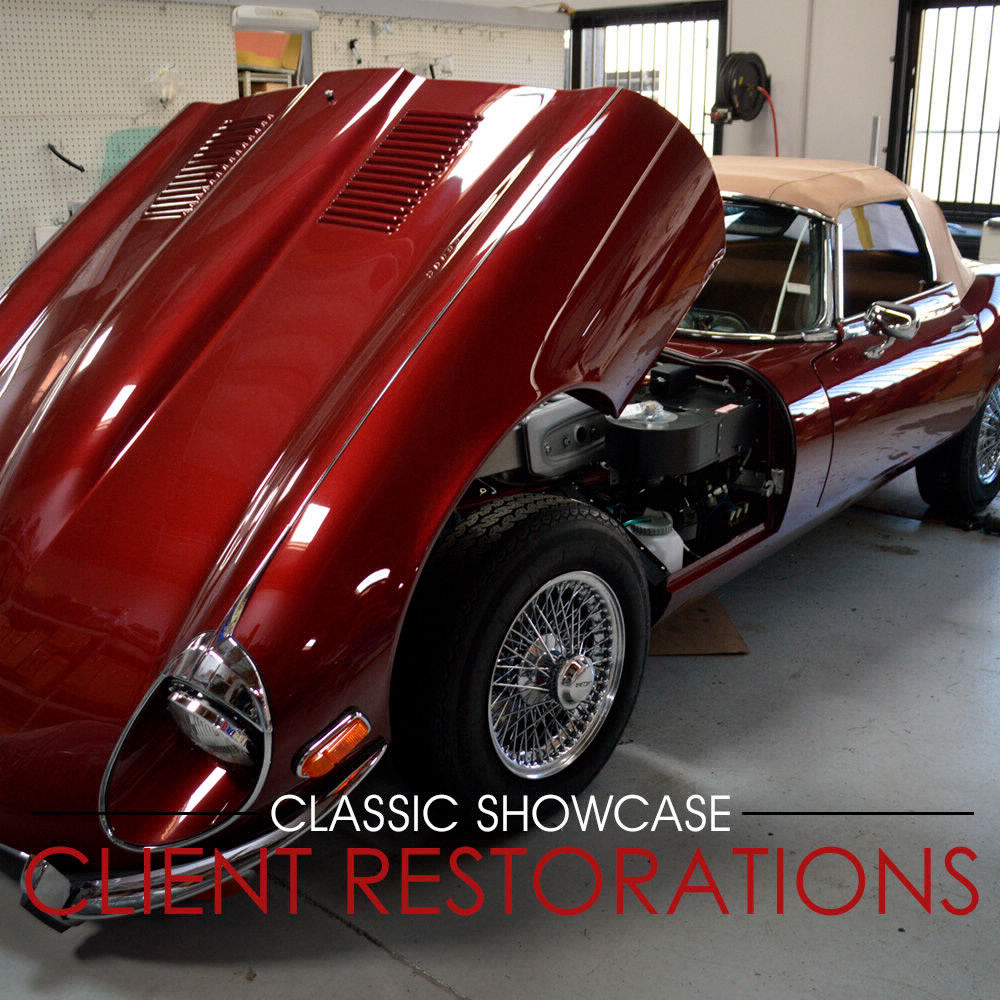
CHASSIS NO: UE1S24356
1974 Jaguar Series 3 XKE OTS
Our client sent us his 1974 Jaguar XKE Series III Roadster for a comprehensive nut and bolt show/driver level resto. We stripped the car to bare metal and after an examination determined we had to replace all of the damaged sheet metal before proceeding with the normal comprehensive restoration. This is an example of some of the unknowns we come across in the restoration of these cars.
When we broke down the engine for rebuilding, the car had not been serviced properly during prior ownership; the head and block were sealed together, and because they are aluminum there was damage that needed special welding and machining to repair. This was mostly due to neglecting to change the oil and coolant on a regular basis.
The motor, transmission, and the rear end were completely rebuilt. In addition, all other major systems and components were rebuilt as well.
The Roadster was color-changed from its original color of White to a vibrant Opalescent Maroon, complimented by a Biscuit interior that was trimmed by our Master Upholsterer.
Stay tuned to our Summer Newsletter for an update on this spectacular Roadtser!
